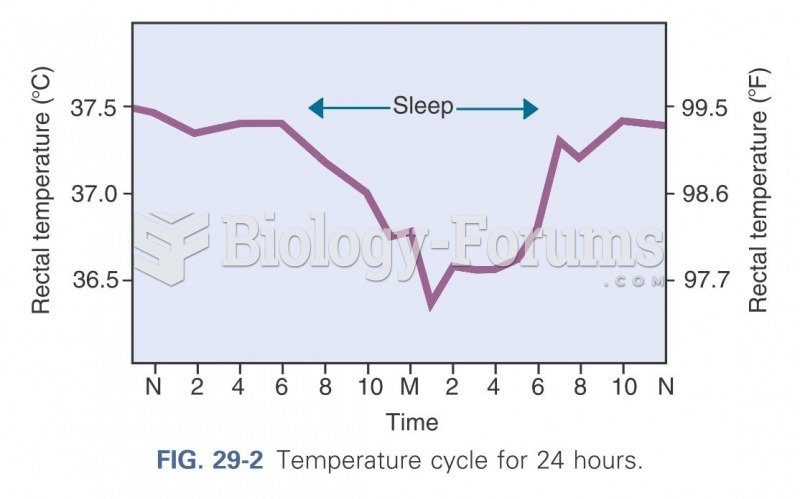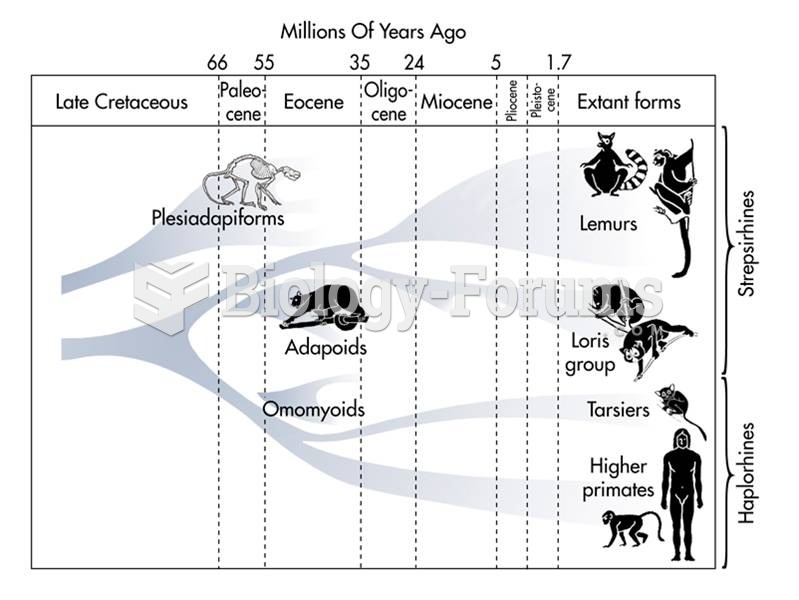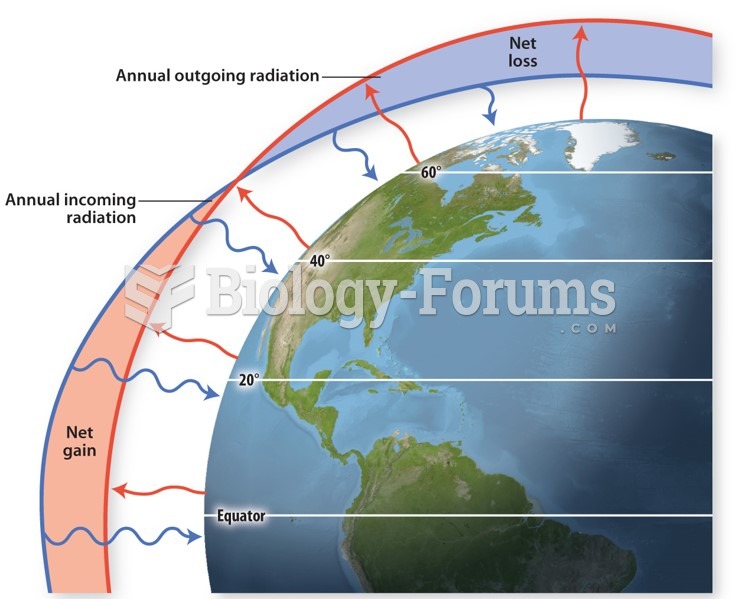Answer to Question 1
Warm water is less dense than cold water and salty water is denser than fresh water. These effects on water density explain a conveyor-belt-like circulation pattern in the North Atlantic Ocean. Surface water currents moving northward from the equator are warm but are also saltier than normal because of excessive evaporation at tropical latitudes. The decrease in density related to the temperature change just slightly outweighs the density increase related to the salinity change; therefore, the water remains at or close to the surface as it moves northward. At higher latitudes, this warm, salty water encounters colder polar air. Heat is radiated from the water into the air, which warms it. This transfer of heat from the ocean to the atmosphere explains the moderate winter temperatures in northwestern Europe, which lacks the extreme cold and heavy snowfall experienced at similar latitudes in Asia and North America. However, when the heat radiates from the ocean, the temperature decreases so that now the water in the North Atlantic Ocean is both cold and salty; both factors increase the water density. The dense water sinks and more warm, salty water moves up from the south to replace it. The sinking of cold, salty water is like the downward moving return loop on a conveyor belt and it draws more warm water northward.
Answer to Question 2
El Nio and La Nia describe contrasting conditions of surface-water temperature off the western coast of South America. During an El Nio, the water is warmer than normal and during La Nia the water is cooler than normal. These two departures from average conditions result from interactions between wind and ocean circulation. In normal years, easterly trade winds cause ocean currents in the Pacific Ocean that move away from South America, allowing cooler water to rise from depth to the surface. During El Nio years the trade winds are weak and the westward flowing currents cease. This means that tropically heated water remains in the eastern Pacific Ocean and the colder water doesn't upwell from depth. With La Nia conditions, the trade winds are exceptionally strong, and move the upwelling water far across the Pacific Ocean.







